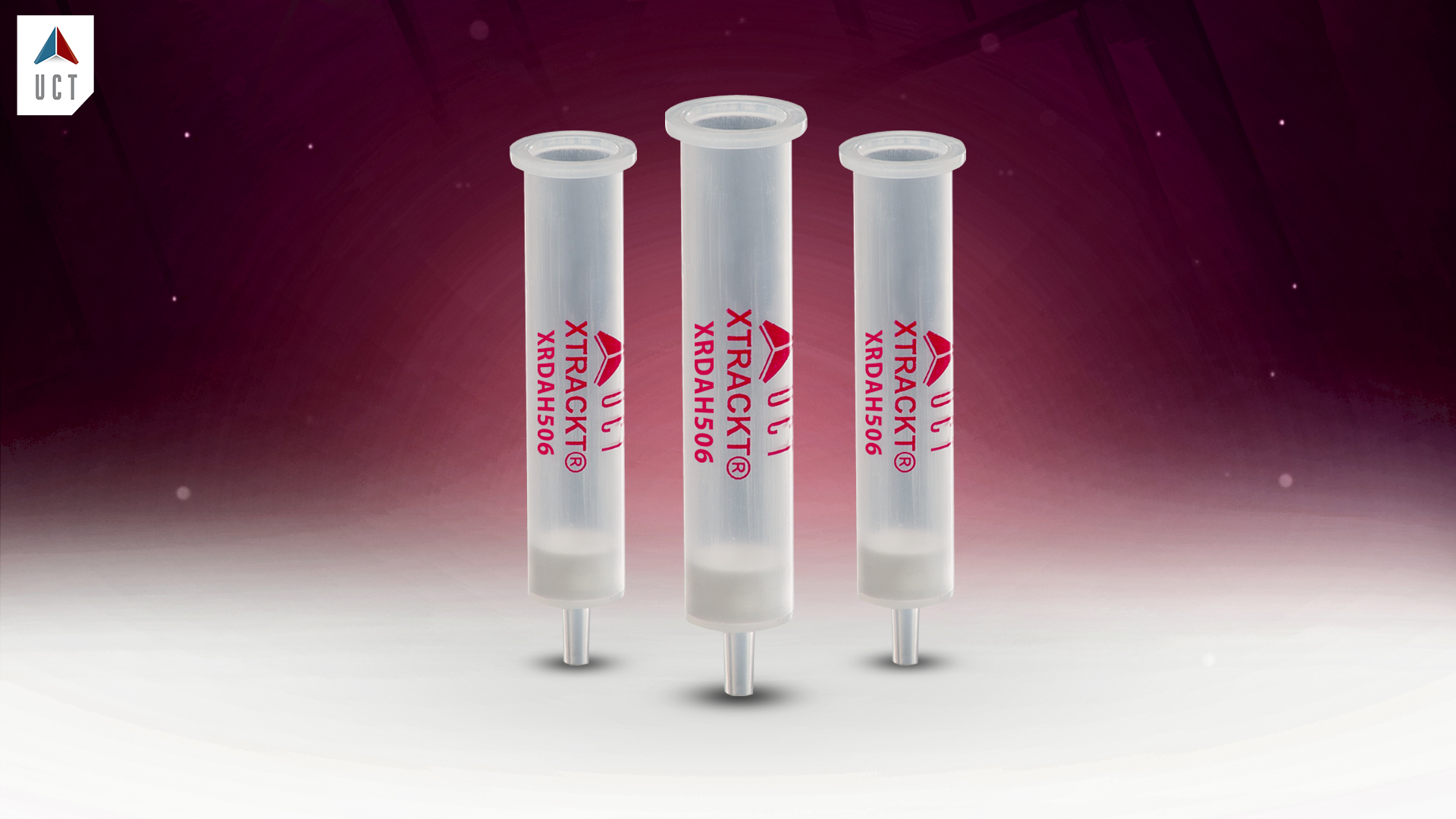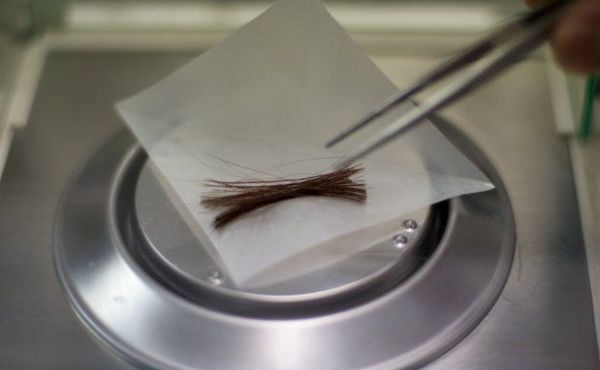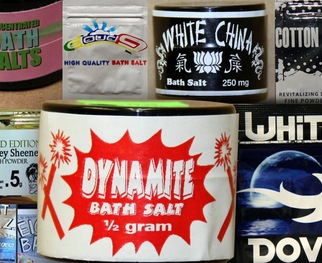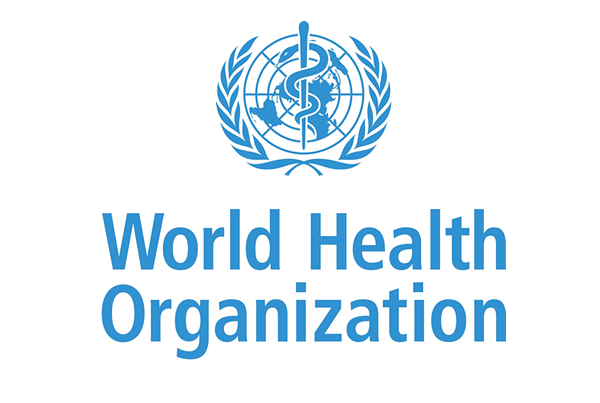Tracking Novel Psychoactive Substances in Australia: The Power of Wastewater-Based Epidemiology with SPE and LC-MS-MS
New Psychoactive Substances (NPS) are synthetic drugs not regulated under the 1961 or 1971 Conventions, posing significant public health risks. Monitoring NPS is essential for public health, regulatory action, scientific research, and addressing community and environmental impacts. Wastewater-based epidemiology (WBE) is a key method for studying these substances, combining toxicology, environmental science, and analytical chemistry to assess pollutants in wastewater. For instance, Jaunay and colleagues employed solid phase extraction (SPE) and LC-MS-MS in WBE studies to track NPS use trends in Australia.
WBE studies have identified 3-methylmethcathinone, eutylone, and mitragynine as the most commonly used NPS during the holiday season globally. To examine NPS use outside of holiday periods, Jaunay and colleagues analyzed wastewater from 57 treatment plants across Australia from February 2022 to February 2023. They sampled 20 capital city sites every two months and up to 37 regional sites quarterly. Using solid phase extraction (SPE) with UCT™ XtrackT® Large particle DAU Columns (XRDAH506), they achieved a 1000-fold enrichment factor, enhancing detection of low-concentration NPS. The SPE process included pre-conditioning with methanol and sodium acetate buffer, loading 100 mL wastewater samples, washing, and eluting with a dichloromethane-isopropanol-ammonia solution. Samples were then dried, reconstituted, and analyzed using LC-MS-MS.
In this study, 20 NPS were detected in wastewater samples across Australia. The most common detected stimulants in capital cities were eutylone, pentylone, N,N-dimethylpentylone (N,N-DMP), para-methoxyamphetamine (PMA), and phenibut. Notably, pentylone, a suspected metabolite of N,N-DMP, showed a significant trend, increasing from 25% detection frequency in April 2022 to 100% by December 2022. In contrast, eutylone’s detection frequency decreased from 65% in February 2022 to 30% by February 2023. Eutylone and PMA were the only NPS detected frequently in regional parts of Australia (8-59% detection frequencies).
The study results indicated a decline in the preference for eutylone during 2022, while pentylone detections increased, potentially positioning it as an alternative cathinone NPS. This trend has also been observed in the United States. In Australia, drug alerts for pentylone emerged in February 2023, linked to increased hospitalizations and multiple N,N-DMP seizures by police throughout 2022. N,N-DMP and pentylone were first detected in wastewater in February 2022 in some states. Since these detections occurred before adverse health reports and drug seizures, the study highlights how wastewater-based epidemiology can serve as an early warning system for emerging NPS, potentially identifying risks before hospitalizations or fatalities occur. Such findings have led to the integration of wastewater NPS data into local drug early warning networks. Thus, ongoing surveillance by means of WBE will help determine the duration of preference for a specific NPS and reveal emerging trends in NPS consumption within a specific region.
Citation: Jaunay EL, Bade R, Paxton KR, Nadarajan D, Barry DC, Zhai Y, Tscharke BJ, O’Brien JW, Mueller J, White JM, Simpson BS, Gerber C. Monitoring the use of novel psychoactive substances in Australia by wastewater-based epidemiology. Sci Total Environ (2024), 919:170473. DOI: 10.1016/j.scitotenv.2024.170473







